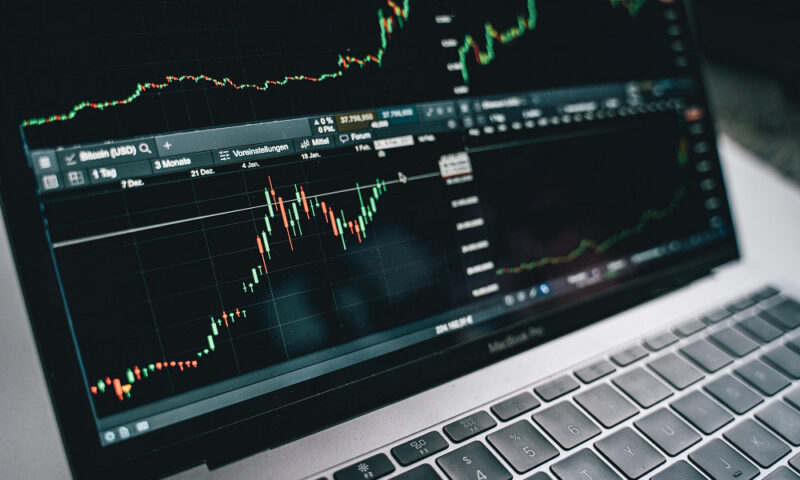In the dynamic world of trading, where every decision can sway fortunes, many aspiring traders turn to simulated trading as a proving ground for their strategies. But is this virtual arena a true reflection of real-world market dynamics, or merely a comforting illusion? The allure of practicing without financial risk is undeniably appealing, yet beneath the surface, the experience may diverge significantly from the challenges of live trading.
Questions abound: Does simulated trading genuinely equip traders with the skills they need? How do psychological factors come into play when there’s no skin in the game? This article delves into the intricacies and realities of using simulated trading as a preparation tool, dissecting its advantages and limitations to reveal what traders must consider before stepping into the volatile waters of actual trading.
Benefits of Simulated Trading

Simulated trading offers many benefits that can significantly boost a trader\’s confidence and skill set. For starters, it provides a risk-free environment, allowing individuals to hone their strategies without the anxiety of losing real capital.
It also offers participants invaluable insights into market dynamics, including tools like depth of market live, which helps them understand price levels and order flow in real-time. Traders can experiment with various techniques and tools, analyzing trends, executing trades, and learning from mistakes—all without financial repercussions.
Additionally, simulated trading serves as a robust testing ground, enabling traders to refine their approaches under different market conditions, cultivating adaptability and resilience. This practice enhances decision-making abilities and fosters a deeper understanding of one’s psychological responses to success and failure in the high-stakes world of trading.
Technical Performance vs. Emotional Resilience

In the realm of trading, the interplay between technical performance and emotional resilience is delicate yet profound. Simulated trading environments, while offering a playground for strategizing and honing skills, often underestimate the tumultuous tides of human emotion that can crash against the shores of logical decision-making.
A trader may master charts and indicators, executing trades with surgical precision, but when faced with real market volatility, fear, greed, and anxiety can warp even the most solid strategy. Imagine a trader, confident in their backtested approach, seeing profits fade in a matter of moments; their heart races, and suddenly, discipline evaporates.
Thus, while technical prowess is undeniably essential, cultivating emotional resilience becomes paramount—a balancing act that transforms theoretical victories into consistent success in the unpredictable theatre of live trading.
Building a Structured Approach to Simulation

Building a structured approach to simulation is essential for any trader serious about refining their strategy. At the outset, define your objectives: Are you looking to test a new strategy, analyze risk, or simply gain confidence? Once clarity is established, create a detailed trading plan that encompasses specific entry and exit criteria, risk management tactics, and performance metrics.
This framework will provide a solid foundation on which to base your simulated sessions. Remember, its not just about executing trades; it’s about understanding the underlying market dynamics and your own emotional responses to various scenarios.
To enhance the realism of your simulation, incorporate diverse market conditions and unexpected events—this will prepare you for the uncertainties of live trading. Regularly review and tweak your approach based on the insights gained, allowing for a dynamic learning process that evolves as you do.
This structured yet adaptable method will transform your simulated trading experience from mere practice into a valuable tool for personal and professional growth.
Conclusion
In conclusion, simulated trading can be an invaluable tool for traders looking to refine their strategies and enhance their skills without the risks associated with real trading. It allows for the testing of various approaches in a controlled environment, enabling traders to gain insights into their strategies effectiveness.
However, while simulated trading can provide a realistic experience, it is crucial to recognize its limitations, especially when it comes to psychological factors and market dynamics. Techniques like monitoring the depth of market can sometimes be overlooked in a simulated setting, so its important to incorporate these elements as you transition to live trading.
Ultimately, a balanced approach that combines simulated practice with careful observation of actual market conditions will prepare you for success in the fast-paced world of trading.


